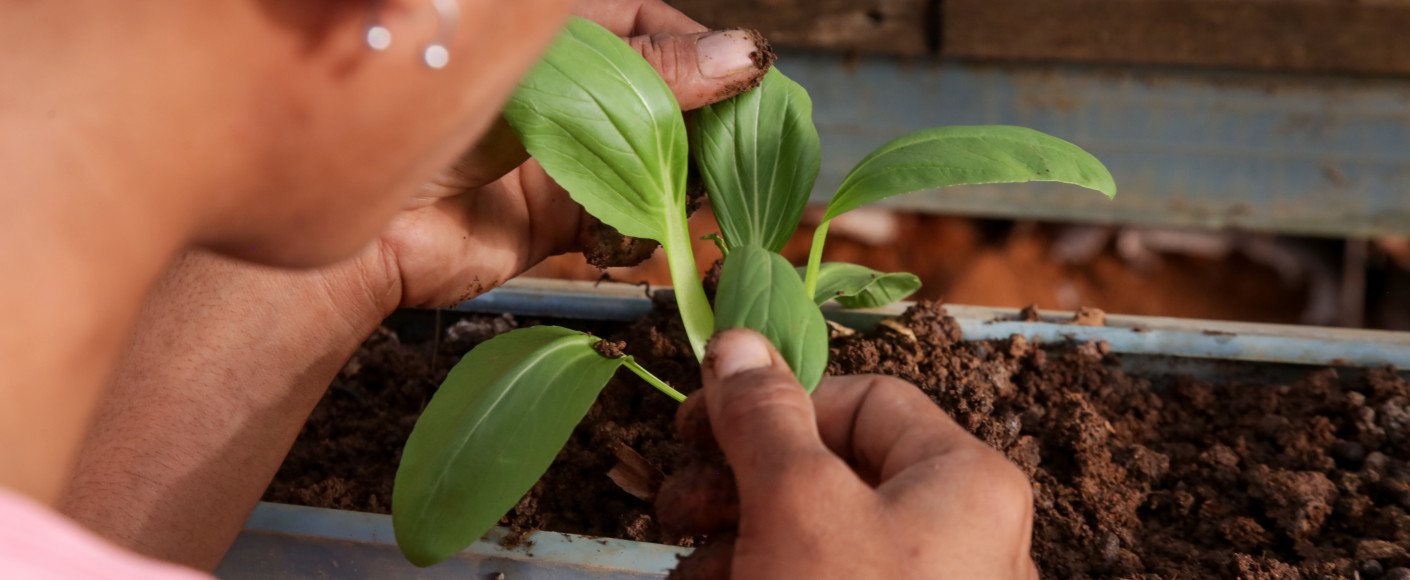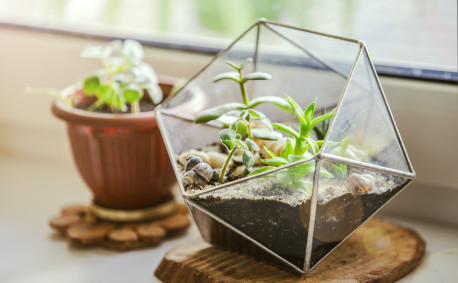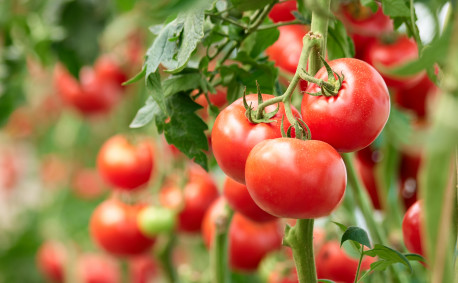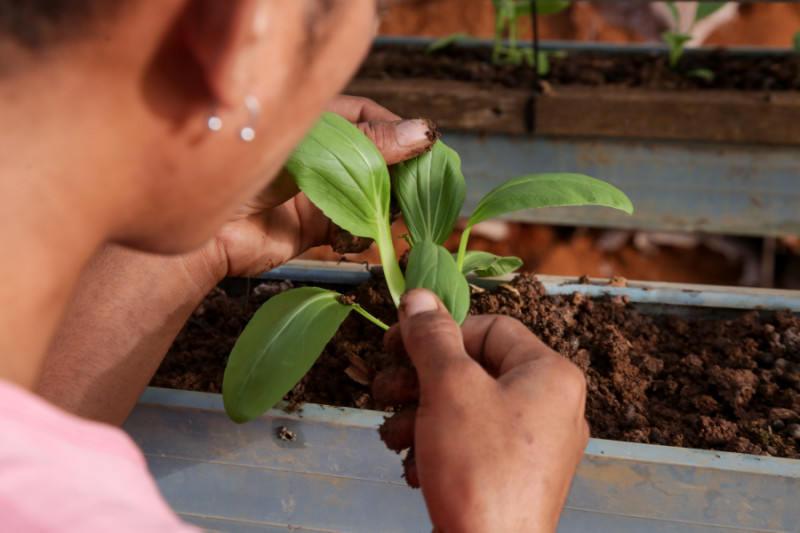Common Late-Season Gardening Problems and How to Fix Them
It’s a busy time to be alive. With so many balls in the air and new ones being tossed in daily, you have a lot to juggle. It’s easy to get wrapped up in other things and let your once-beautifully manicured vegetable and flower gardens drop lower on your priority list. Even your houseplants may be taking a hit.
But don’t give up yet. Take a peek at these common late-summer woes and find the solution to your problems. (Your gardening problems, not all of your problems. That’s above our pay grade!)
“I missed the boat on planting in the first place.”
Not to worry. If you didn’t get seeds planted at the beginning of the season, there’s still time to make a little gardening magic happen.
Instead of attempting to grow veggies like carrots or potatoes, which needed to be started outdoors already, try moving the party indoors. Cherry tomatoes and a variety of greens like spinach, lettuce and kale all perform well in the house in a sunny location. Keeping the plants inside has the added benefit of a visual reminder to check in on them — the opposite of “out of sight, out of mind.”
And while the ship has sailed on many outdoor veggies for the year, there are still a few late-season seeds you can plant out in the garden now. This is the prime time to plant radishes, turnips and more, so the game isn’t over yet.
Herbs are also fairly simple to keep alive without leaving the house. Oregano, dill, basil and others will make a great addition to your kitchen, not only as ingredients but as bonus decoration, too.
For more (less edible) options, check out our suggestions for the best plants to grow indoors.
“I think I overwatered.”
We don’t know about you, but this might be the hardest problem to avoid. While we don’t want our plants to be parched, overwatering can do just as much harm to both indoor and outdoor plants.
Potted Plants
For most houseplants, stick your finger down for a knuckle or two—only water if the soil is dry. However, if you already have a real flood on your hands, you might have a drainage issue and need to repot. Safely remove your plant from its current location, taking care not to rip the roots. Either remove and replace the soil or find a new pot for your green friend to call home.
If repotting isn’t necessary, do what you can to speed up the drying process. Does the pot have a drainage hole at the bottom? Try adding one if not, or poke additional holes to increase drainage. Depending on the pot’s material, this may or may not be possible, so work with what you’ve got.
Outdoor Garden
In hot Kansas summers, it’s usually harder to keep up with watering vegetables and outdoor plants than it is to overwater, but it happens.
Depending on how far along the plants are in their growth process, it might be possible to dig them up and replant them in a drier area if standing water or bad drainage are the issues. If you have the time and room, relocating could be worth it. Again, be careful not to tear out any roots, and be as gentle as possible.
When relocation isn’t an option, do everything you can to keep the plant healthy in other ways. A little pruning goes a long way, so remove any dead limbs. While you’re in this regrowth period, avoid using harsh fertilizer, which can cause even more damage.
“I think I underwatered.”
When your plant is looking a little peckish — dry or dead leaves, wilted stems, etc. — hydration might be the answer. As noted above, feel around in the dirt, and if things aren’t damp, water away.
To make sure this doesn’t happen again, try incorporating new reminders for yourself to water the plants on a set schedule. For example, use a dry erase marker to write the most recent watering date on the pot, erasing the old and updating with the new each time. This way, you’ll easily be able to tell how many days it’s been since the plant’s last drink. Make sure your pot is a plastic, glass or another non-porous option before trying this at home — dry erase markers won’t come off all materials.
“The insects have taken over.”
Pesky bugs of all kinds can wreak havoc on your garden utopia. As a short-term first step, take the hose and spray down your less fragile plants to kick off any inhabitants. Be careful not to hit anything too harshly, and judge which plants are strong enough to take the stream. And remember: not all insects on your plants are bad — learn the difference between friends and foes.
Another option is to whip up a homemade bug spray with ingredients you probably have on hand. Mixed with water, baby shampoo, cooking oil or select herbs can make powerful deterrents.
If you have a Code Red invasion, consider purchasing netting to place over the most at-risk plants. While an added expense, you’ll rest easy knowing your garden is thriving without fear of bug infestations.
Whether you’ve found yourself muttering about all of these problems or just one, we commend you for gardening. Keep it up and enjoy your green friends, no matter what time of year it is.






